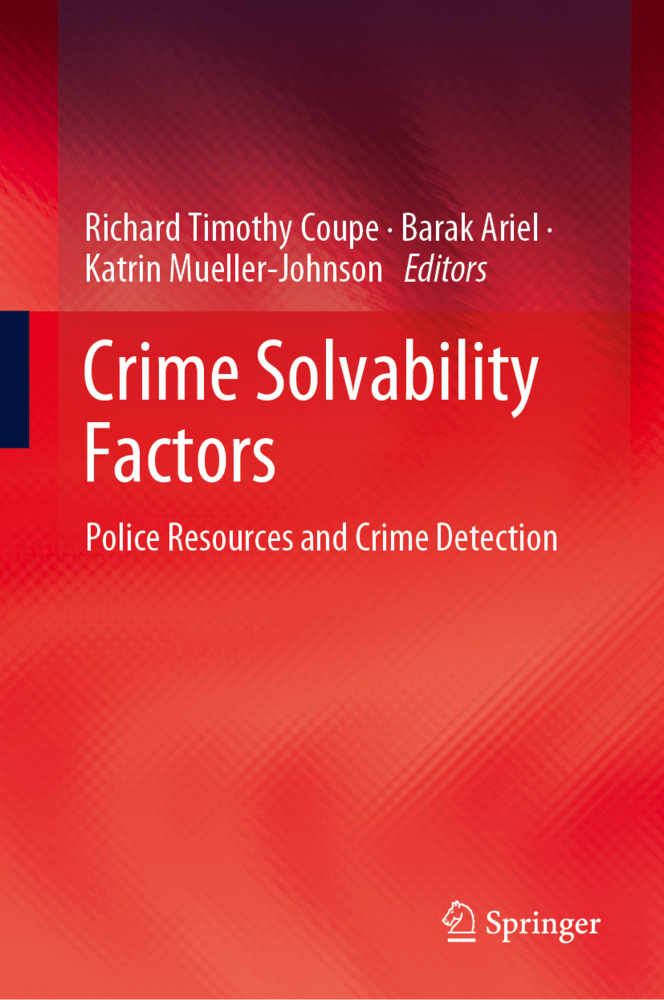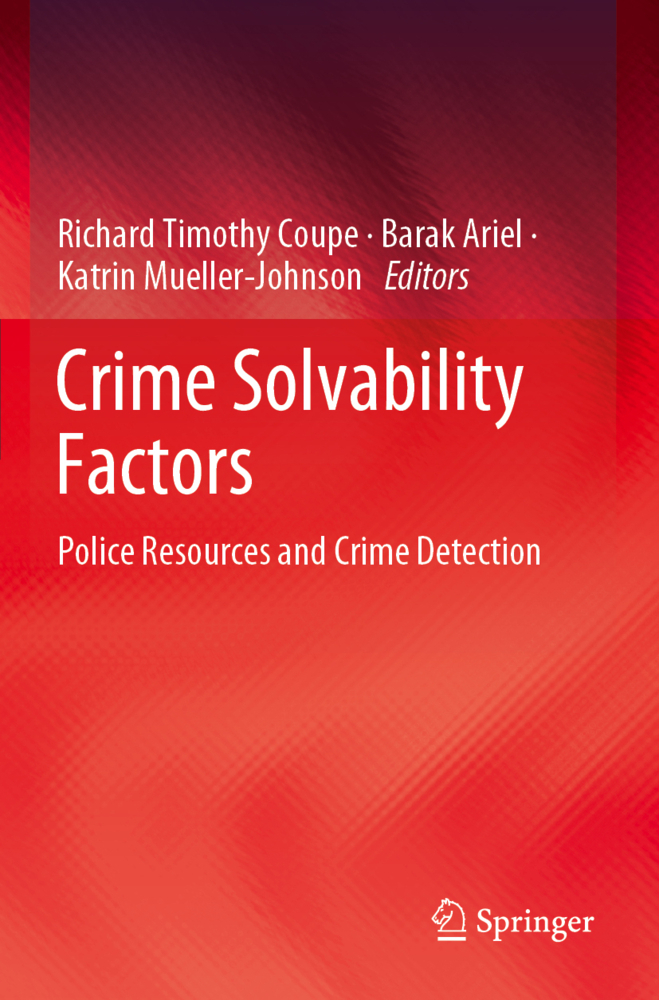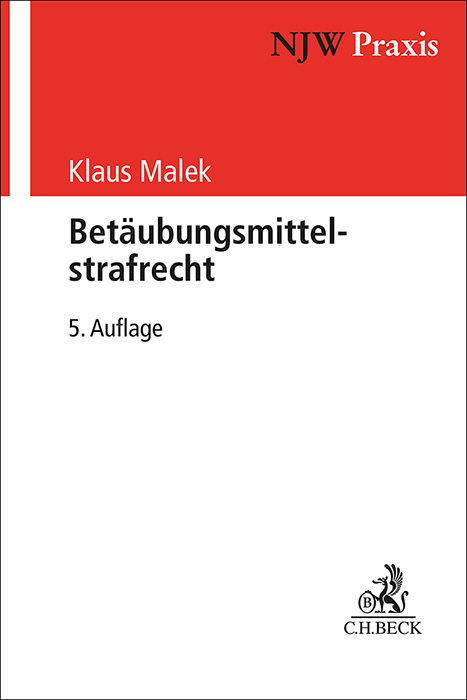Crime Solvability Factors
At a time when resources are scarce, not every crime may be investigated as fully as is desirable. Police generally use experience to guide their case screening. This volume demonstrates a new, research-based approach, exploring innovative research on crime solvability as a factor for crime investigation and prevention.
Crime solvability is the interplay between forensic science, decision-making, and prediction to determine the likelihood that a crime will be solved. This text discusses recent studies of how solvable cases may be identified, using original sets of police data. It focuses on high-volume crimes such as burglary, assault, metal theft, and cyberfraud. By targeting more cases that can be solved, police departments can manage their resources better and have the greatest effect on arrests, as well as preventing future crimes by these offenders.Topics covered include:
- Research into the effects of crime solvability and detection outcomes.
- Studies ranging from less severe, high-volume crimes to severe offences.
- Effects of resources on investigating and detecting crime.Theoretical resourcing-solvability model of crime detection.
- Detection complements preventive approaches in containing criminal activity.
- Chapters on incident solvability and measured use of resources in different investigative stages.
- Predictive approaches for improving crime solvability.
- Property, violent, and sexual offenses.
Crime Solvability Factors: Police Resources and Crime Detection will be of interest to researchers in criminology and criminal justice, particularly with an interest in quantitative and experimental research and police studies. It will also be of interest to policymakers and police organizations.
Chapter 1: Introduction
Chapter 2: Existing Research on Solvability
Chapter 3: Population-Level Analysis of Residential Burglaries
Chapter 4: Assessing Solvability Factors in Greater Manchester, England: The Case of Residential Burglaries
Chapter 5: Solvability Indicators for 'First Officers': Targeting Eyewitness Questioning at Non-Residential Burglaries
Chapter 6: Pickpocketing on Railways
Chapter 7: Metal Theft Solvability and Detection
Chapter 8: Detecting and Combating Internet Telephony Fraud
Chapter 9: Targeting Factors that Predict Clearance of Non-Domestic Assaults
Chapter 10: Solvability Factors and Investigative Strategy for Faith Hate Crime: Anti-Semitic and Islamophobic Assault, Criminal Damage and Public Order Offences in London
Chapter 11: Reporting, Detection and Solvability of Sex Offences on Railways
Chapter 12: Offender-Offence Profiling: Improving Burglary Solvability and Detection
Chapter 13: Boosting Offence Solvability and Detections: Solving Residential Burglaries by Predicting Single Repeat and Multiple Repeats
Chapter 14: Improving Offence Solvability and Detection Rates at Non-Residential Burglary: Predicting Single Repeat and Multiple Repeat Incidence
Chapter 15: Homicide Resources, Solvability and Detection
Chapter 16: Investigative Activities, Resources and Burglary Detection
Chapter 17: The Organisation and Deployment of Patrol Resources: Cost-Effective On-Scene Arrest at Burglaries
Chapter 18: Resources, Solvability and Detection: A Theoretical Model
Chapter 19: Conclusions.
Coupe, Richard Timothy
Ariel, Barak
Mueller-Johnson, Katrin
| ISBN | 978-3-030-17159-9 |
|---|---|
| Artikelnummer | 9783030171599 |
| Medientyp | Buch |
| Copyrightjahr | 2019 |
| Verlag | Springer, Berlin |
| Umfang | VII, 454 Seiten |
| Abbildungen | VII, 454 p. 134 illus., 14 illus. in color. |
| Sprache | Englisch |











